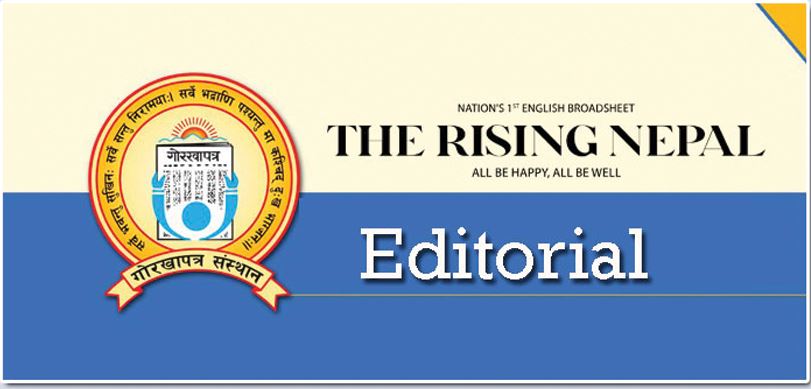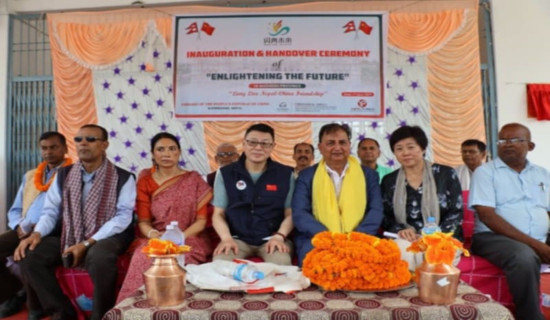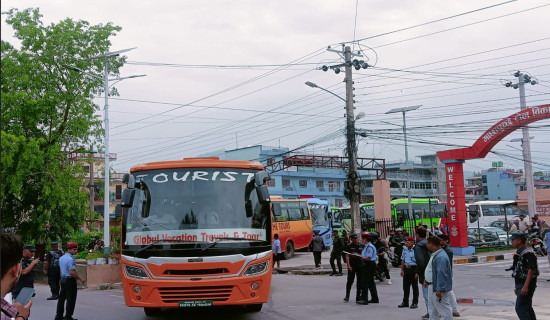- Tuesday, 3 June 2025
Precautions On COVID
Nepal faces a new threat from India's ongoing COVID-19 surge, characterised by a large number of active cases and considerable mortality. Given the open border and high volume of cross-border movement between the neighbouring countries, immediate preventative measures are crucial for Nepal. Of most concern is the increase in cases and new, highly infectious variants emerging. They are JN.1 and NB.1.8.1—mutated strains more transmissible and more likely to evade the immune system. Although they are not yet labelled variants of concern by the World Health Organisation, the fact that they can easily spread and potentially alter severity cannot be overlooked.
Health experts have suggested increasing surveillance and preparedness across the border points. They have asked the public to remain cautious and adhere to health safety protocols, including wearing protective masks and washing hands with soap and water. People are not seen wearing masks these days, and hand sanitizers have practically disappeared from shops and public areas. This rising complacency that stems from "pandemic fatigue" is dangerous. We cannot keep repeating the same public health negligence.
Recent analyses show there has not been a surge of COVID-19 cases in Nepal. But that should not make one complacent and careless. These initial indications of outbreaks are usually invisible until they begin interfering with already fragile healthcare systems. The virus does not wait for borders to close or for humans to wake up. Even as testing is in process, low levels of PCR testing may conceal the full magnitude of viral transmission. In a positive development, public health officials have taken some encouraging steps. Health desks at borders and airports have been reopened, and diagnostic kits are being dispatched to remote border districts. However, passive surveillance is not enough.
There is a need to actively step up public awareness, review safety measures in crowded places, and prepare the hospitals for a projected surge in cases. The one significant development is the rising demand for immunisation. The public health administration must act at speed to place orders and distribute the booster shots, especially in high-risk groups—older people, chronically ill patients, and healthcare professionals. An effective vaccination drive can become the tipping point in limiting the effect of future waves. Past infection and vaccination can give some immunity, but new strains can pose new threats.
In order to contain the risk of resurgence of the virus, routine public health response should integrate surveillance and swift response. Scientists continue monitoring these mutations, but they can shift at lightning speed. Procrastination can be fatal. The country's fight against COVID-19 has been one of resilience and strength. This new wave on the other side of the border is an eye-opener. It is a wake-up call that the pandemic has not ended.
COVID-19 has changed its face time and again. The time demands caution, a sense of responsibility, and intelligent public health policies—not panic, but certainly not complacency. The multi-tiered collaborative surveillance systems are necessary for early detection, monitoring and disease burden assessment. Preventive measures such as mask-wearing, hand hygiene, and vaccination remain critical. The concerned authorities should proactively prepare for the anticipated resurgence of the virus.




-square-thumb.jpg)












